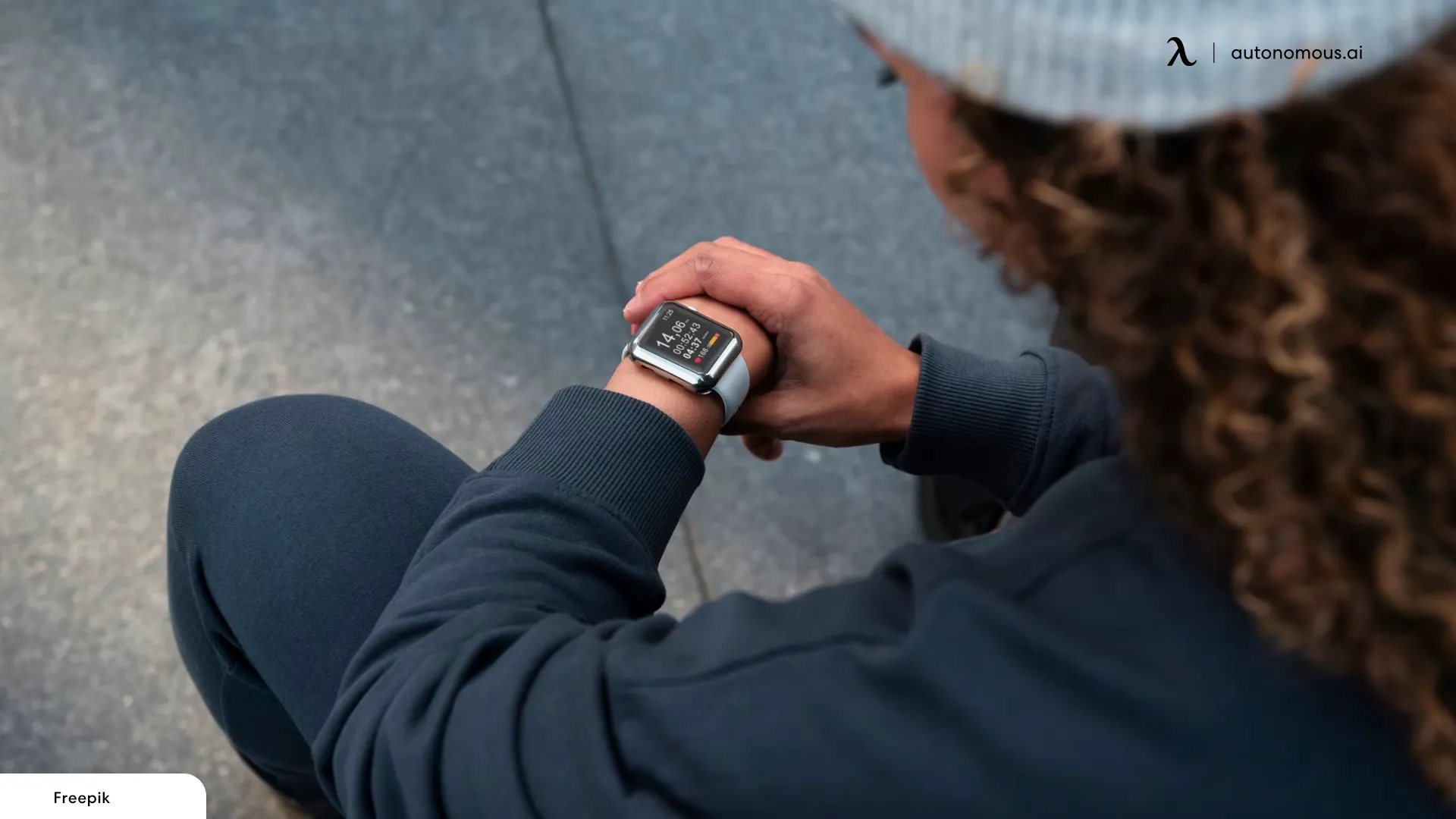
Active Calories: Meaning, Calculation, and Burning Guide
Table of Contents
Ever wondered how many calories does your body burn at rest? That's your basal metabolic rate (BMR). Want to amp up the burn? Get those legs pumping! But for maximum impact, should you choose the Stairmaster or the treadmill?
Understanding how to calculate active calories will help you make the most of your workouts. Plus, let's clear up the confusion about active calories vs. calories – it's key for reaching your fitness goals.
Definition Of Active Calories
Active calories are the calories your body burns through movement and physical activity, beyond the energy it uses to keep you alive at rest. For example, walking the dog, running on a treadmill, gardening, or even cleaning the house all contribute to active calories. These are different from your resting calories (also known as basal metabolic rate, or BMR), which cover the energy needed for essential functions like breathing and circulation.
Importantly, active calories include more than just exercise—they also cover NEAT (non-exercise activity thermogenesis), which is the energy you spend on everyday movements like standing, fidgeting, or carrying groceries. This makes active calories a key metric for understanding how your daily lifestyle choices impact your total energy burn.
Understanding Active Calories vs. Total Calories
When it comes to fitness tracking, the terms active calories and total calories often confuse. The difference comes down to what’s being counted:
Metric | What It Includes | Example Activities / Functions |
Active Calories | Calories burned through physical activity and movement | Running, walking, cycling, and cleaning |
Resting Calories | Calories your body burns at rest to maintain vital functions | Breathing, digestion, heartbeat |
Total Calories | Combination of active + resting calories | Your complete daily energy expenditure |
In simple terms, active calories are movement-based, while total calories represent your entire daily burn. For instance, if your Apple Watch shows 500 active calories from exercise and 1,500 resting calories from body functions, your total calories for the day would be 2,000.
Understanding this difference helps you set realistic goals: active calories reflect how much you’re moving, while total calories give you the bigger picture of your daily energy balance.

Calculating Active Calories
There isn’t a single formula for active calories, but most people track them through a combination of wearable devices, calculators, and exercise data.
1. Fitness Trackers And Smartwatches
Devices like the Apple Watch, Garmin, or Fitbit estimate active calories using your heart rate, motion sensors, and personal details (age, weight, gender). They automatically log movement-based calorie burn during workouts and daily activities.
2. Online Calorie Calculators
These tools use your body weight, activity type, and exercise duration to estimate active calorie burn. For example, a 160-pound person may burn ~300 active calories from a 30-minute jog.
3. Manual Estimates
A rough guideline is that higher-intensity activities and higher body weight result in more active calories burned. For instance, a brisk walk burns fewer active calories than running, even if done for the same duration.
Since devices and calculators rely on algorithms, the numbers are best seen as estimates, not exact values. Still, they’re useful for spotting trends, comparing workouts, and tracking progress over time.
Factors Affecting Active Calories
The amount of active calories you burn while exercising might vary depending on a few different variables. Among them are:
- Body Weight: Because it takes more energy to shift their bodies while exercising, heavier people usually burn calories than lighter people.
- Activity Intensity: Walking and yoga are examples of lower-intensity exercises that usually burn fewer calories than higher-intensity exercises like jogging or high-intensity interval training (HIIT).
- Activity Length: You will probably burn additional calories when you exercise for a longer period of time.
- Muscle Mass: Individuals with a larger muscle mass may expend more calories during physical exercise because muscle tissue burns more calories when resting than fat tissue.
- Age and Gender: Males and younger people often have stronger metabolisms and burn additional calories while exercising than do females or elderly people.
- Fitness Level: Due to their bodies' increased energy efficiency, physically fitter people may burn fewer calories during the same exercise as less fit people.

FAQs
1. What are active calories?
Active calories, also known as active energy calories, are the calories your body burns during physical activity, such as exercise or daily tasks, beyond what is used at rest. These calories are a measure of the energy expenditure associated with physical activity.
2. How do smartwatches calculate active calories?
Smartwatches estimate active calories by combining heart rate data, motion sensors, and user profile details like age, weight, and gender.
3. How accurate is the Apple Watch for active calories?
The Apple Watch is generally considered to be accurate for tracking active calories, as it uses a combination of heart rate data, motion sensors, and algorithms to estimate calorie burn during physical activity.
4. How does the Apple Watch calculate active calories?
The Apple Watch calculates active calories using a combination of heart rate data, motion sensors, and algorithms. It estimates the amount of energy expended during physical activity based on factors such as heart rate, activity type, and duration.

5. How does Garmin calculate active calories?
Garmin devices use a similar method to the Apple Watch for calculating active calories, using heart rate data, motion sensors, and algorithms to estimate energy expenditure during physical activity.
6. Do activities like standing or cleaning count as active calories?
Yes—non-exercise activities such as standing, cleaning, or even fidgeting contribute to active calories, often referred to as NEAT (non-exercise activity thermogenesis).
7. What does net calories mean in active calorie tracking?
Net calories (sometimes called active calories) represent the extra calories burned during activity, over and above what you'd burn at rest (BMR).

8. What is the difference between active and total calories?
The difference between active and total calories lies in the energy expenditure. Active calories are burned during physical activities, while total calories include both active and resting calories, the latter being the energy used for basic functions at rest.
9. What factors affect the number of active calories burned?
Body weight, activity intensity, duration, muscle mass, age, gender, and fitness level all influence how many active calories you burn.
10. Why are active calories useful for daily tracking?
They help you quantify how much energy you expend through movement each day, supporting motivation, goal-setting, and a more accurate understanding of your activity level.
11. Do you burn additional calories standing or sitting?
Standing generally burns more calories than sitting because it engages more muscles and requires more energy. However, the exact calories burned standing vs sitting depends on factors like posture, duration, and individual metabolism.
12. Should I go by active or total calories?
If your goal is tracking exercise effort, focus on active calories. For weight management and overall health, total calories give a more complete picture of daily energy balance.
Conclusion
Understanding active calories is key to reaching your fitness goals. Does a stairmaster burn more calories than a treadmill? Often, yes! Track active vs. total calories to manage your daily energy balance. Even small changes matter – Does standing burn calories? It does! Choose activities and a lifestyle that keep you moving to maximize your calorie burn.
Spread the word
.svg)







